The Institute for Local Government’s Public Engagement and Collaborative Governance program developed the following ten principles to serve as helpful indicators of effective and ethical public engagement practice by local governments. These principles may also help guide city, county and other local officials in the design of public engagement processes and strategies.
Developed by Terry Amsler, these principles are based in large part on NCDD’s Core Principles for Public Engagement and IAP2′s Core Values for public participation. The Principles of Local Government Public Engagement draws elements directly from both of these documents and includes new language and perspectives especially appropriate to local officials.
We hope the following principles will help guide trusted, high-quality and effective public engagement efforts that are sponsored, designed, convened, and/or facilitated by local officials. The Principles of Local Government Public Engagement includes the following ten elements:
- Inclusive Planning: The planning and design of a public engagement process includes input from appropriate local officials as well as from members of intended participant communities.
- Transparency: There is clarity and transparency about public engagement process sponsorship, purpose, design, and how decision makers will use the process results.
- Authentic Intent: A primary purpose of the public engagement process is to generate public views and ideas to help shape local government action or policy, rather than persuade residents to accept a decision that has already been made.
- Breadth of Participation: The public engagement process includes people and viewpoints that are broadly reflective of the local agency’s population of affected residents.
- Informed Participation: Participants in the public engagement process have information and/or access to expertise consistent with the work that sponsors and conveners ask them to do.
- Accessible Participation: Public engagement processes are broadly accessible in terms of location, time, and language, and support the engagement of residents with disabilities.
- Appropriate Process: The public engagement process utilizes one or more discussion formats that are responsive to the needs of identified participant groups; and encourage full, authentic, effective and equitable participation consistent with process purposes. This may include relationships with existing community forums.
- Authentic Use of Information Received: The ideas, preferences, and/or recommendations contributed by the public are documented and seriously considered by decision makers.
- Feedback to Participants: Local officials communicate ultimate decisions back to process participants and the broader public, with a description of how the public input was considered and used.
- Evaluation: Sponsors and participants evaluate each public engagement process with the collected feedback and learning shared broadly and applied to future engagement efforts.
Resource Link: www.ca-ilg.org/publicengagementprinciples




Leave a Reply
You must be logged in to post a comment.